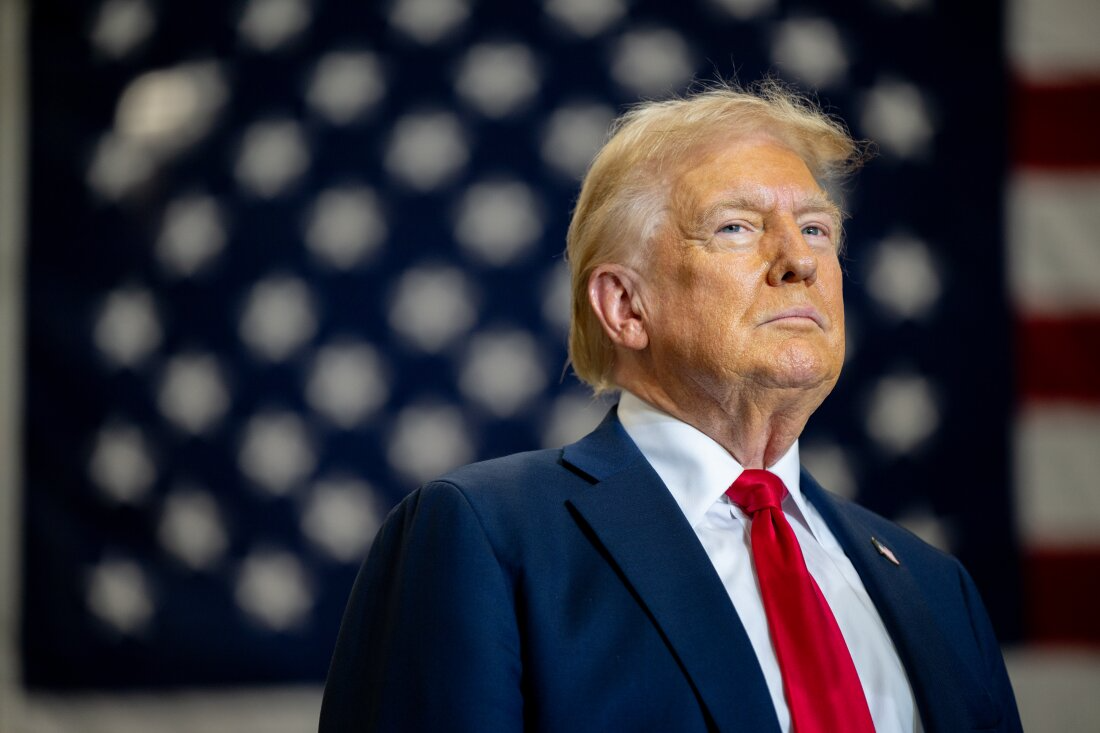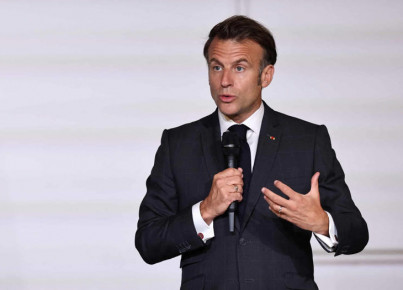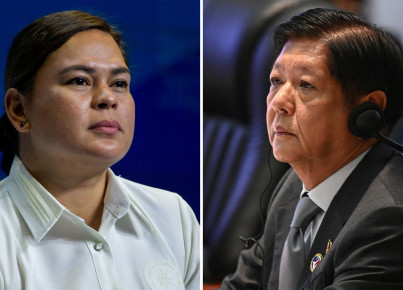Article by Pierfrancesco Mattiolo
Donald Trump takes the oath of office for the second time, generating concern and uncertainty among ASEAN governments. His trade tariffs seem more like threats than promises, designed to push partners into making concessions without needing to implement them. Following Joe Biden’s efforts to strengthen cooperation and America’s presence in the region, Trump may show less interest in Southeast Asia, favouring a transactional approach of quid pro quo.
The new Trump administration is ready to take over the West Wing of the White House. Analysts and third-party countries anticipate a second term that will be more aggressive and prepared than the first. Trump has promised swift changes in certain regions, including ending the war between Russia and Ukraine, stabilising the Middle East, and maintaining a tough stance on China. However, in other areas, such as Southeast Asia, it is harder to predict the impact of his new administration. Hoang Thi Ha and William Choong, Senior Fellows at the ISEAS-Yusof Ishak Institute in Singapore, foresee another four years of absence and disinterest from Trump, similar to his first term, during which he did not even appoint ambassadors to ASEAN and Singapore. In contrast, Barack Obama and Joe Biden distinguished themselves for their engagement with the Organisation and its governments.
The key point of Trump’s agenda, at least on the surface, is tariffs and rebalancing trade deficits with countries exporting to the US more than they import. In Trump’s narrative, and that of his most protectionist allies, these policies aim to bring jobs back to American soil and benefit the working class, which has been disadvantaged by globalisation. The first step in this direction involves ending or scaling back programmes that facilitate trade, such as the Generalized System of Preferences (GSP) or the Indo-Pacific Economic Framework (IPEF) championed by Biden. The GSP reduces tariffs on goods imported from developing countries; during Trump’s first term, India and Turkey were removed from the list of beneficiaries due to their trade surpluses. Nearly 60% of the goods covered by the GSP exported to the US by ASEAN come from Thailand and Indonesia, meaning their removal would hit them hard—as well as their American customers, who would face higher supply costs. The IPEF, meanwhile, aimed to establish shared rules on certain matters without offering market access between members. Trump dismissed the initiative as a ‘TPP Two’, referencing the more ambitious Trans-Pacific Partnership he blocked during his first term, so this project is also likely to be shelved.
The second step would involve reducing trade through the imposition of new tariffs and other protectionist measures. Trump’s electoral platform included a proposal for universal tariffs of between 10% and 20%, increasing to 60% for Chinese goods. Such measures would negatively impact not only trade partners but also the US economy and consumers. Trump’s tariffs should perhaps be seen as a potential threat rather than a concrete promise. Analysts describe a return of ‘transactionalism’ to Washington (and international politics). To avoid the risk of being targeted by Trump’s executive orders, third-party countries (and businesses, even American ones, with regard to domestic policies) may prefer to make pre-emptive concessions to the President-businessman, thereby avoiding costly trade battles. In other words, the threat of tariffs may prove more effective and quicker than their implementation in achieving the promises Trump made to his electorate. Rather than broad tariff increases, the new administration might employ these tools more flexibly (and unpredictably). A sign of this approach is the exclusion of Robert Lighthizer, the US Trade Representative (USTR) during Trump’s first term and the ‘ideologue’ of blanket tariffs, from the new cabinet. Although Lighthizer had been a frontrunner for positions like Secretary of the Treasury or Commerce, the roles ultimately went to Wall Street figures, Scott Bessent and Howard Lutnick, respectively. The new USTR will be Jamieson Greer, the former chief of staff to Lighthizer, with the unusual twist that his office may now report directly to Commerce Secretary Lutnick. This organisational structure has partly alarmed Trump’s more protectionist allies but reassured financial circles in the US that tariffs will be used opportunistically rather than ideologically.
Going back to Southeast Asia, the hypothetical tariffs of 10%–20% would lead to a 3% decline in exports from the region (excluding China) to the US, while US exports to the region could drop by 8% due to likely retaliatory tariffs and reduced demand. Investment flows could also shift, as Trump favours companies investing in America, potentially keeping more US capital at home rather than financing development in ASEAN. Conversely, ASEAN firms might invest in the US to maintain market access. Diversifying investment sources by engaging alternative partners like the EU and Japan will also become more critical. Trump’s policies could, however, bring opportunities for ASEAN countries, as China is likely to bear the brunt of the measures, prompting businesses to relocate southwards to avoid steep tariffs. This trend began during Trump’s first term and accelerated under Biden’s friendshoring strategy, which prioritised supply chain relocation to allied countries.
Yet, a potential decoupling between the US and China is not without risks for ASEAN, whose exports to the US often include Chinese components, while the region supplies China with raw materials and parts for products destined to America. Reduced Chinese exports could therefore have negative effects on ASEAN’s trade. Additionally, the growth in imports from Vietnam, Thailand, and Malaysia—nearly doubling or more between 2017 and 2023—might push Washington to ‘rebalance’ trade with these nations. Hanoi, for instance, is concerned, as it has become the third-largest exporter to the US (after China and Mexico), and in 2019 Trump labelled Vietnam ‘the worst abuser’ of international trade. Perhaps in an attempt to curry favour, the Vietnamese Communist Party facilitated a $1.5 billion investment by the Trump Organisation to open a golf course near Hanoi.
Tensions between the US and China may also significantly impact regional security. The appointments of Mike Waltz as National Security Advisor and Marco Rubio as Secretary of State have brought ‘China hawks’ to the forefront of the new Republican administration. Here too Trump may adopt a transactional approach, as demonstrated by his comparison of South Korea to a ‘money machine’. Trump vaguely suggested that Seoul could pay $10 billion annually for the presence of US troops on its soil. This mere allusion prompted South Korea to increase its annual contribution to US military costs by 8.3%, reaching $1.13 billion by 2026. Among ASEAN countries, the Philippines is especially exposed to potential shifts in US policy, given the deepened defence cooperation between Manila and Washington under Ferdinand Marcos Jr. and Joe Biden since 2022. A concern is that Trump, eager to demonstrate its characteristic ‘art of the deal’, might trade away the interests of regional partners, such as in the South China Sea or Taiwan, as bargaining chips with China to secure deals on issues personally significant to him.
In conclusion, Trump’s transactional, ‘deal-making’, diplomacy presents significant risks (and some opportunities) for ASEAN countries. It marks a sharp departure from Biden’s strategy of fostering cooperation and offering political and economic support to allies in exchange for their participation in the US strategy towards China. While Biden has been criticised for overlooking human rights and political violations in allied countries, this issue may not even arise with Trump. Maintaining a careful balancing act between Washington and Beijing – which are both perceived as necessary strategic and economic partners, even if at odds and sometimes overbearing – is likely to become even more critical for ASEAN governments. Additionally, preserving ASEAN’s multilateralism could protect the region from divide et impera tactics by the superpowers. Alternative partners like the EU and Japan may also gain prominence.






